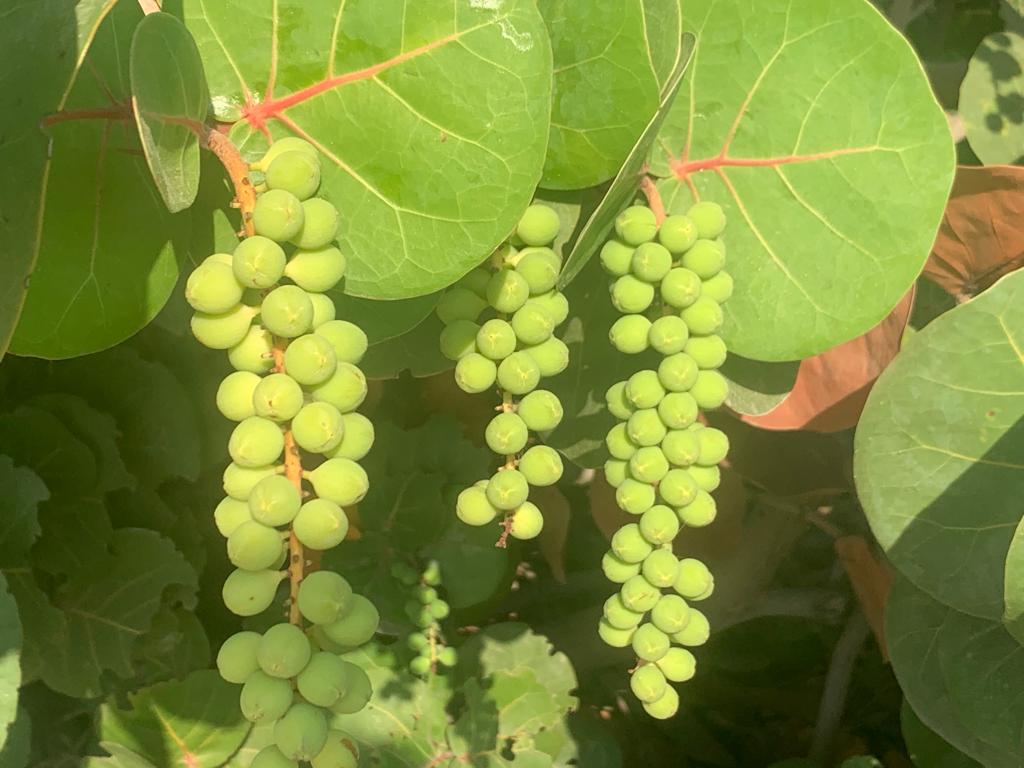
The Fabaceae family, commonly known as the legume or pea family, is one of the largest plant families, with over 19,000 known species. Here are some key details about the Fabaceae family:
Diversity: The Fabaceae family encompasses a wide range of plants, including trees, shrubs, herbs, and vines. It is known for its remarkable diversity in terms of size, growth habit, leaf shape, flower color, and fruit type.
Leaves
Fabaceae plants typically have compound leaves, meaning each leaf is composed of multiple leaflets. The leaflets may be arranged in pairs, as seen in the Divi Divi tree, or in other patterns such as pinnate or trifoliate.
Flowers
Flowers in the Fabaceae family are characterized by their distinctive structure. They are usually bilaterally symmetrical and have a complex shape. The flowers have a fused petal known as a keel, two lateral petals called wings, and an upper petal known as the standard. The arrangement of these petals gives the flowers a unique appearance.
Fruit
Fabaceae plants produce a variety of fruit types, including legumes (such as peas and beans), pods, capsules, and sometimes even nuts. The fruit typically develops from the ovary of the flower and often contains seeds.
Nitrogen Fixation
One of the notable characteristics of the Fabaceae family is its ability to perform nitrogen fixation. Many plants in this family have a symbiotic relationship with nitrogen-fixing bacteria called rhizobia. These bacteria convert atmospheric nitrogen into a form that can be used by plants, enriching the soil with nitrogen. This makes Fabaceae plants important in agriculture and ecological systems for their ability to improve soil fertility.
Economic Importance
The Fabaceae family has significant economic importance. Many plants in this family are cultivated for their nutritious seeds, such as lentils, chickpeas, soybeans, and various types of beans. Fabaceae plants also have uses in medicine, as some species contain compounds with medicinal properties.
Environmental Importance
Fabaceae plants play a crucial role in ecological systems. They contribute to soil conservation through their ability to fix nitrogen and their extensive root systems. Fabaceae species are often used in reforestation and land restoration projects due to their ability to improve soil quality and prevent erosion.
Overall, the Fabaceae family is a diverse and important plant family, encompassing a wide range of species with various ecological, agricultural, and economic significance. From food crops to ecological restoration, Fabaceae plants have a significant impact on human society and the environment.

